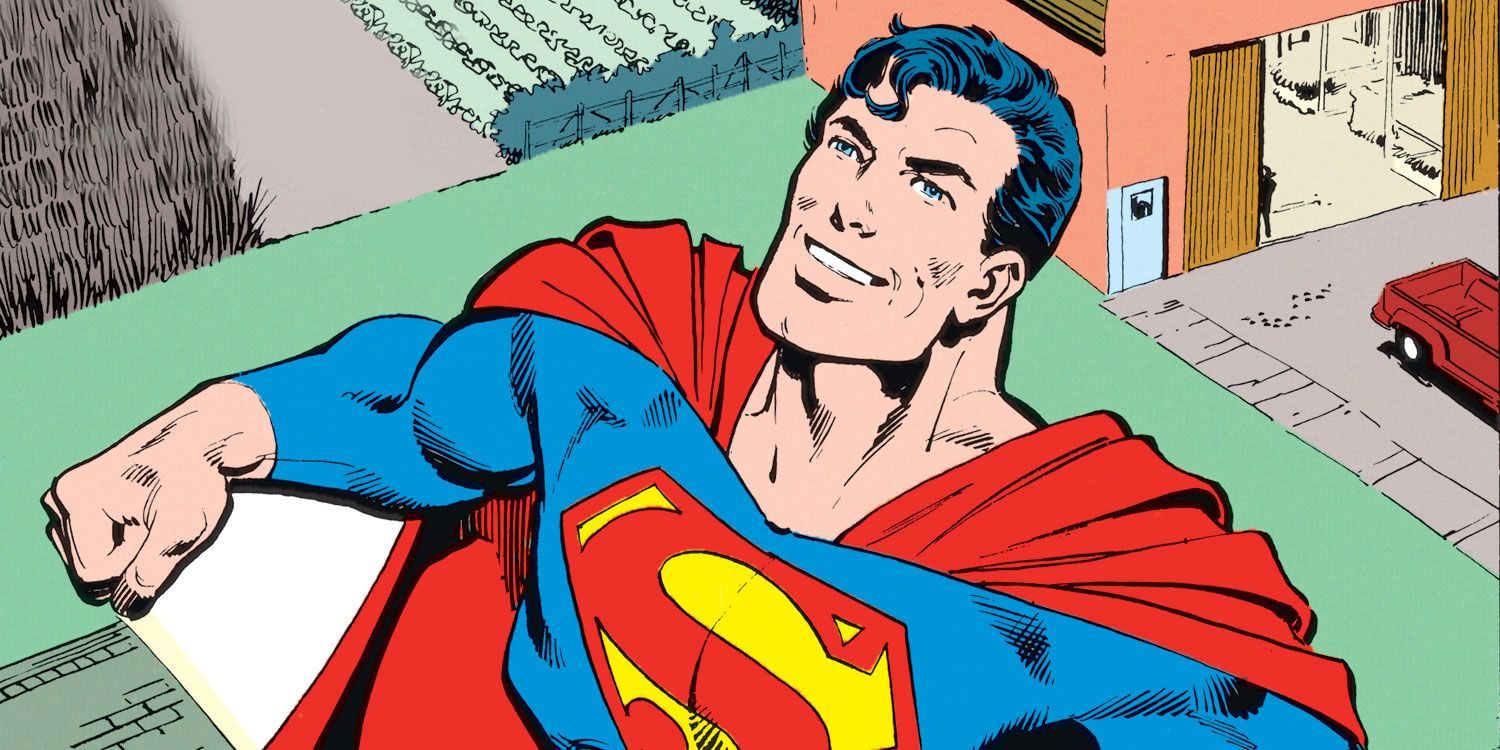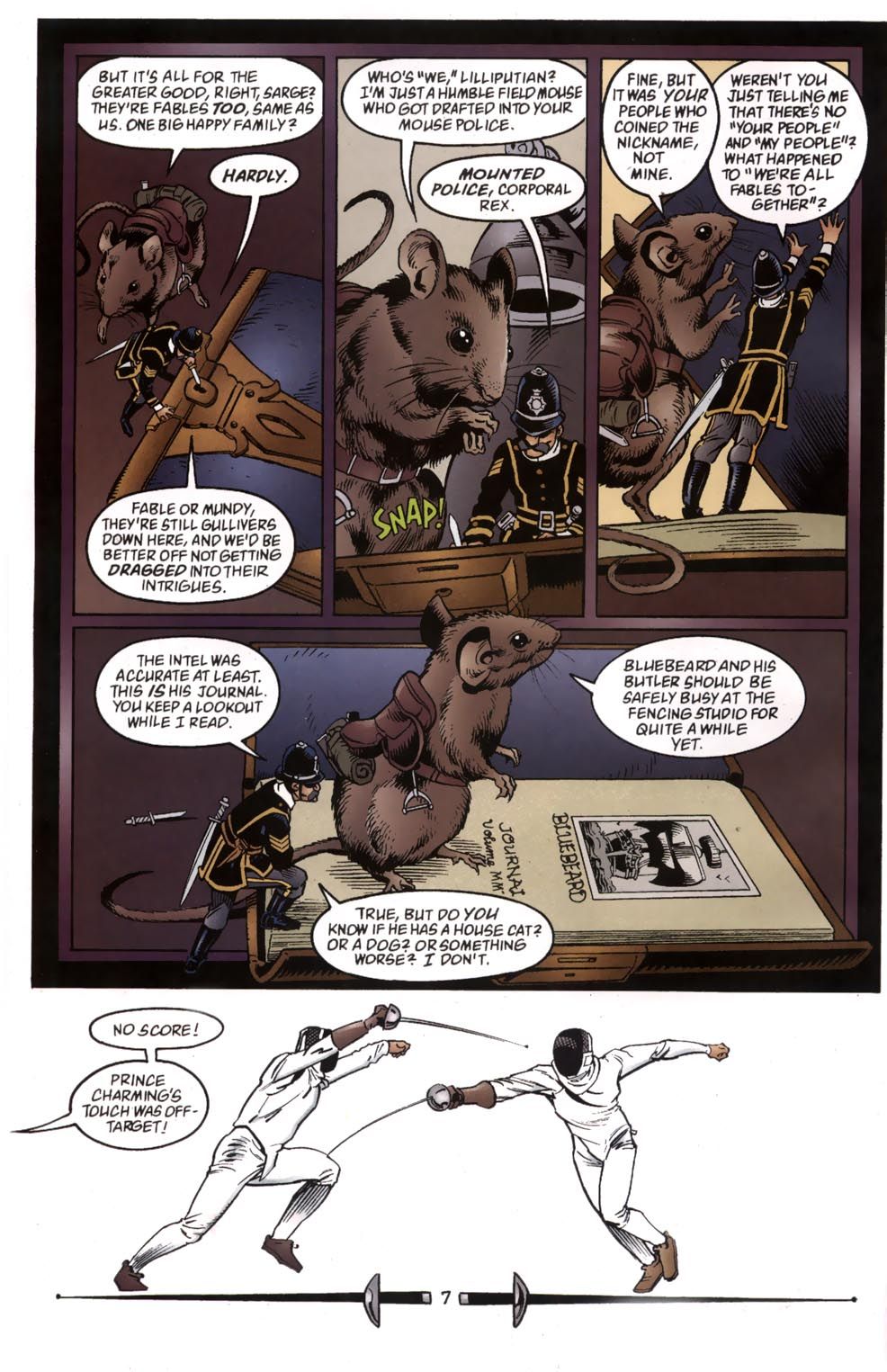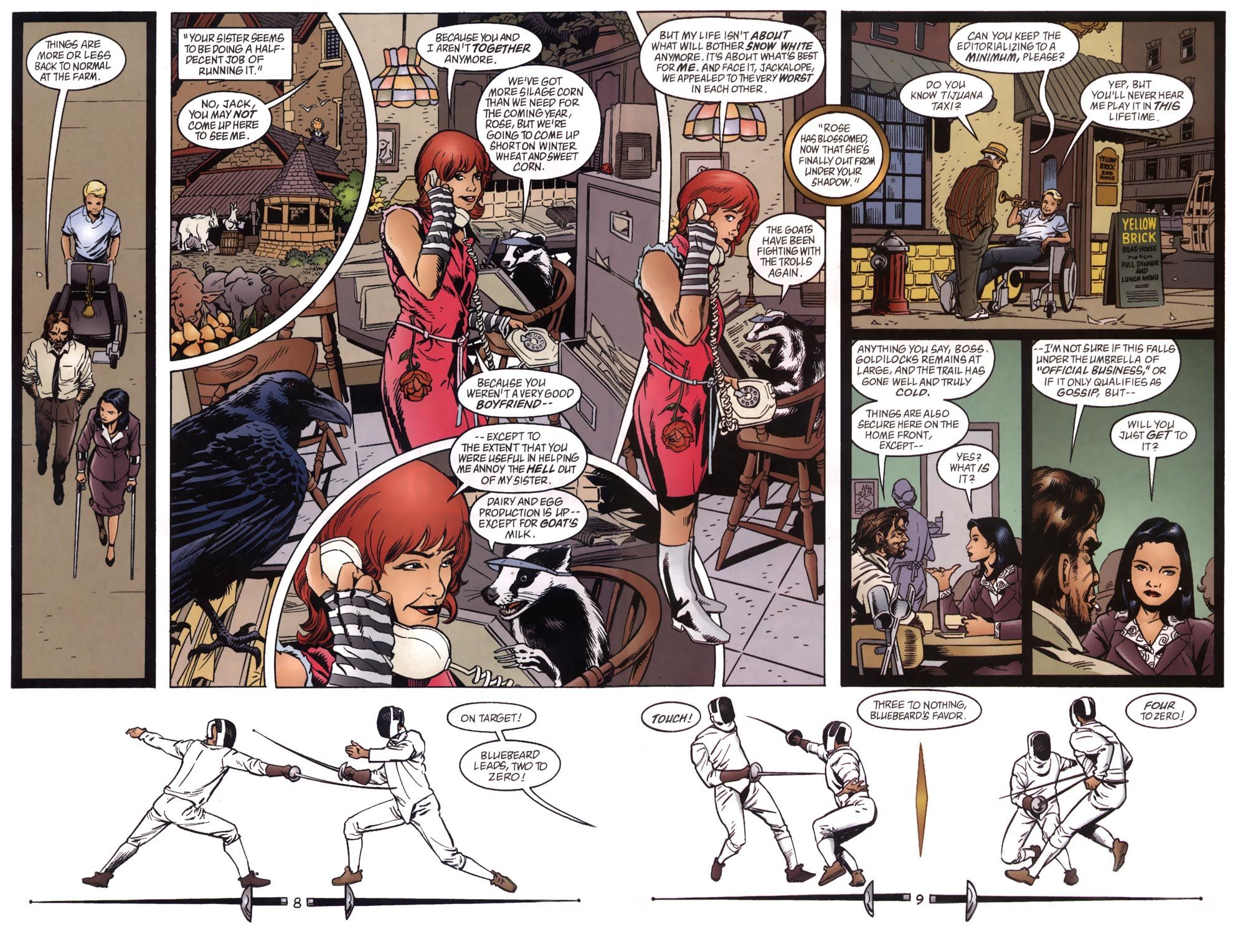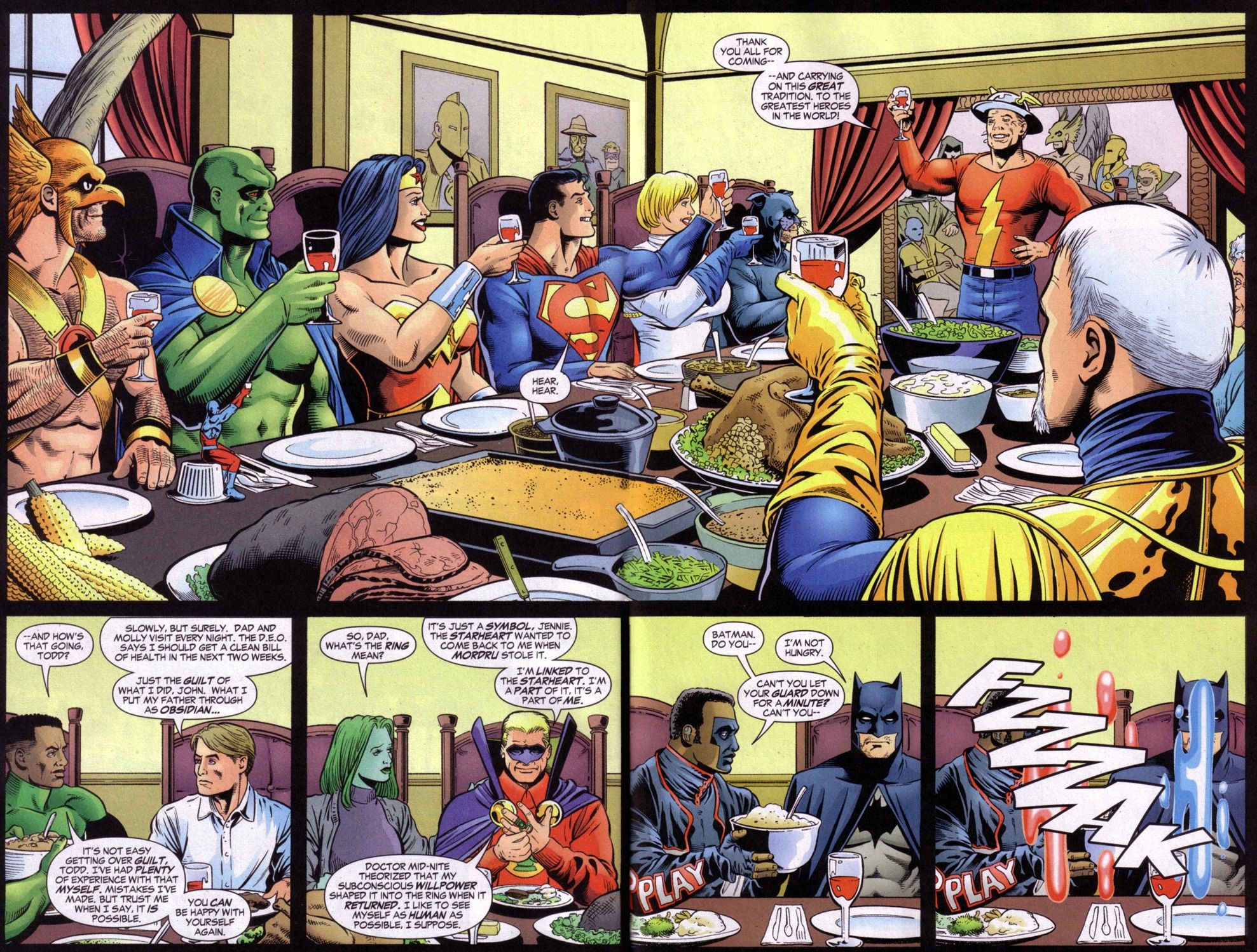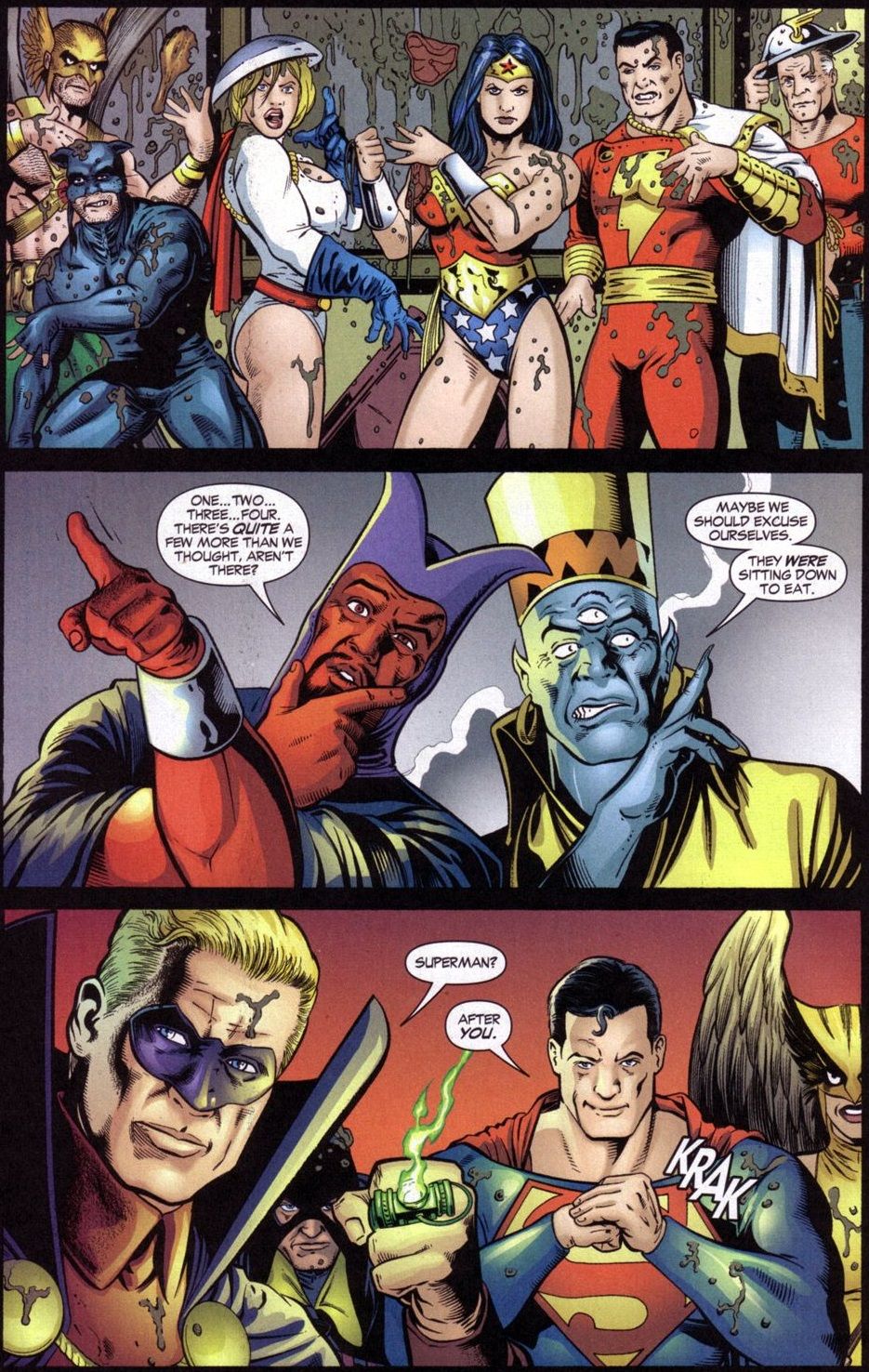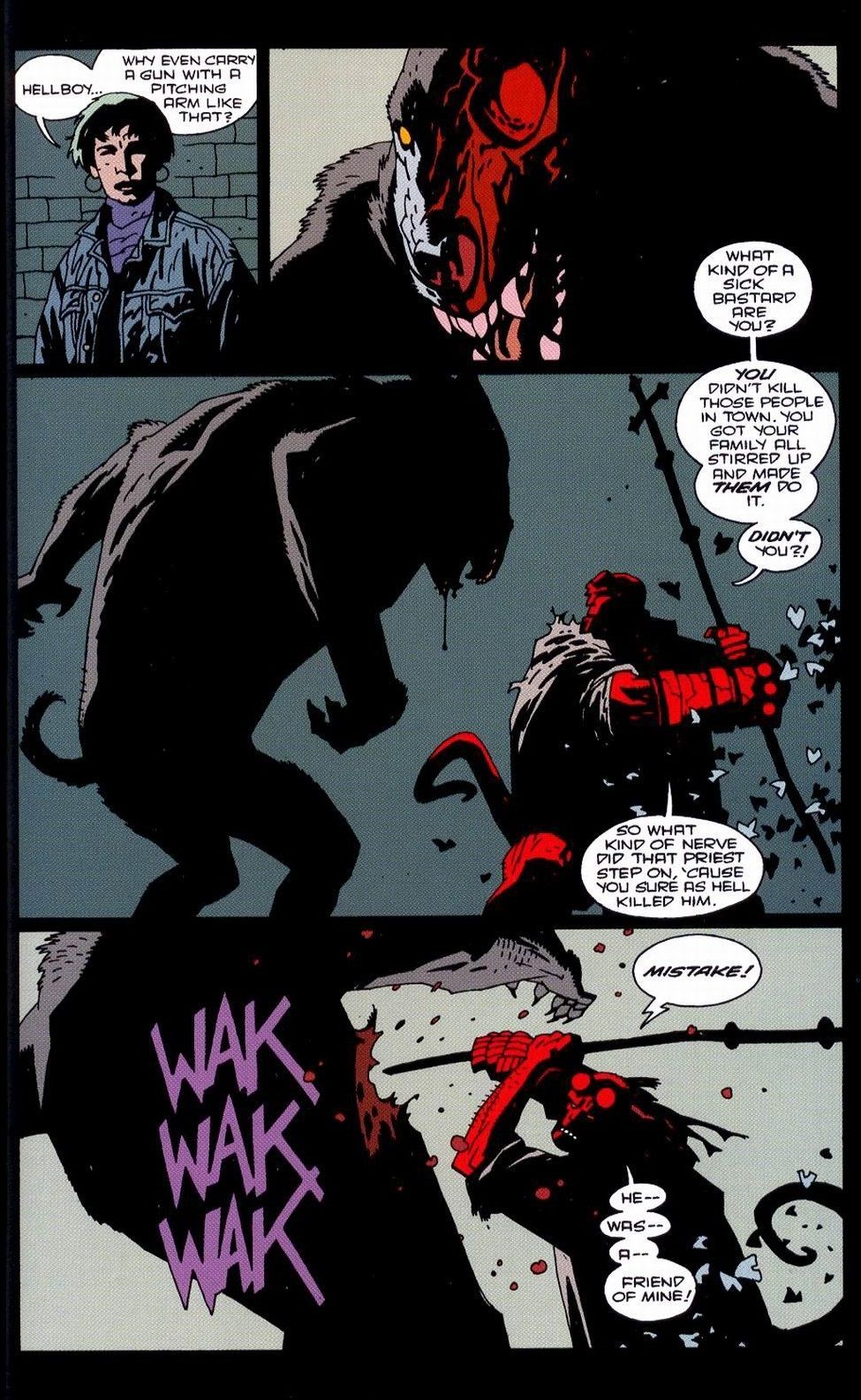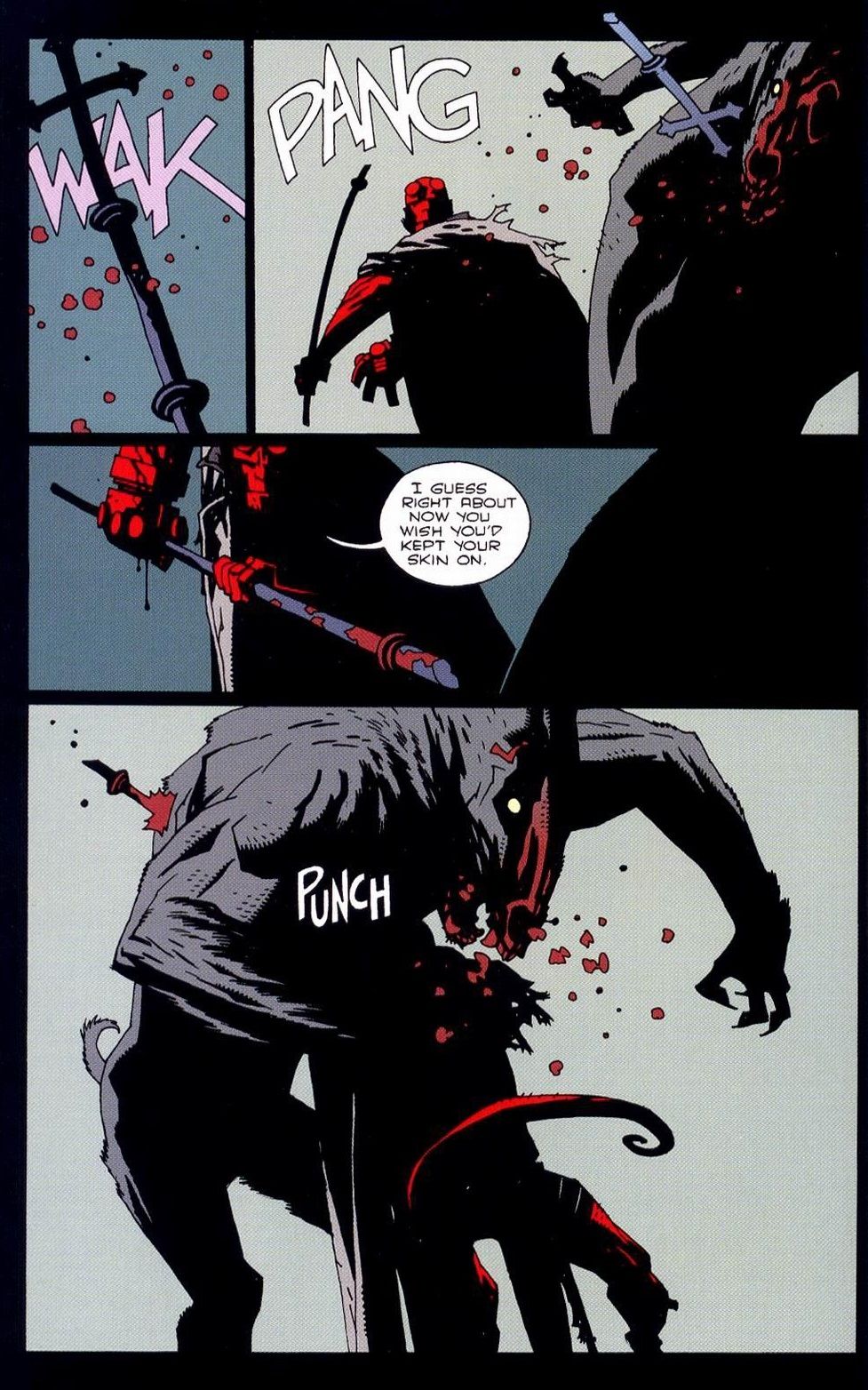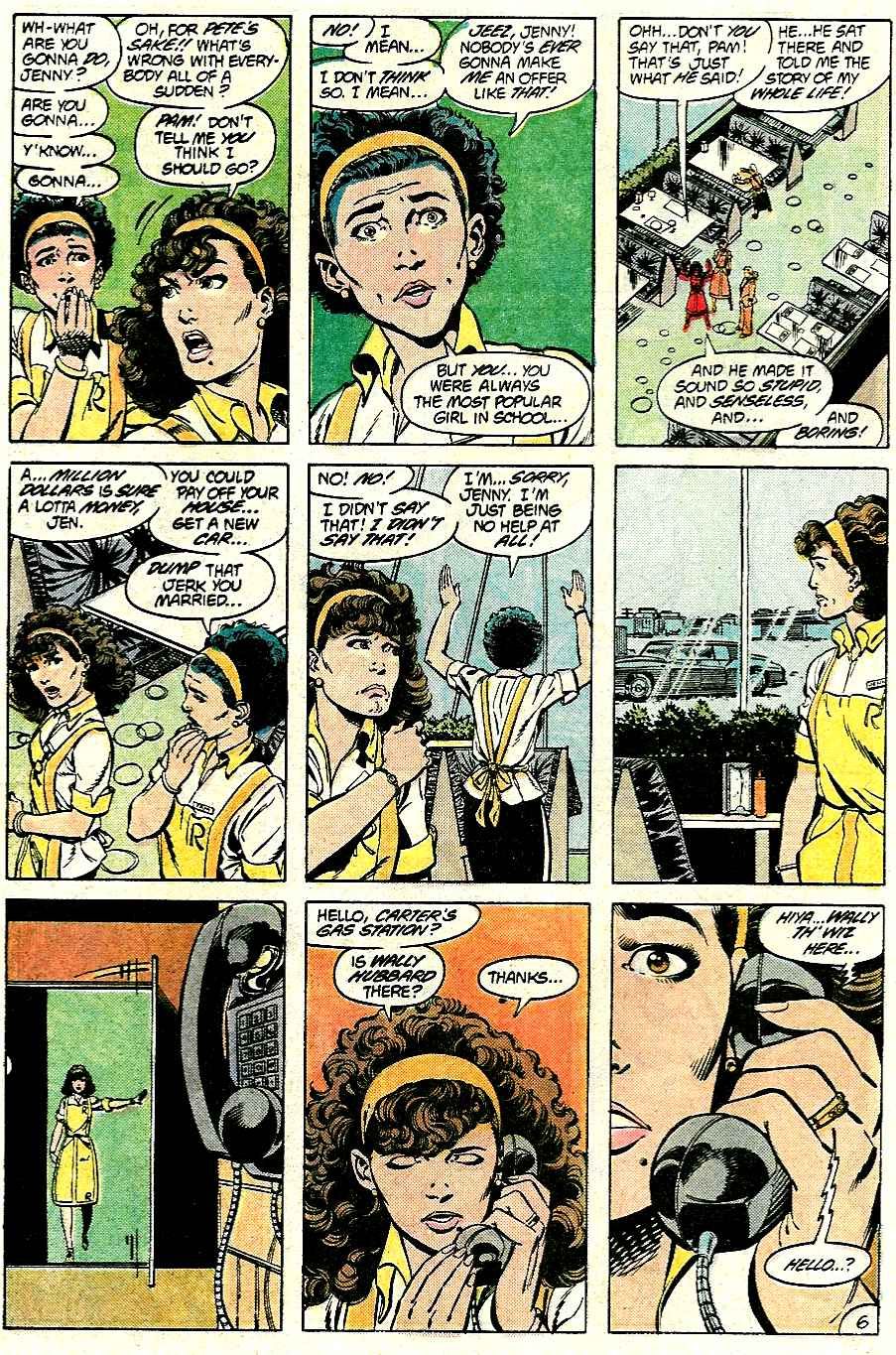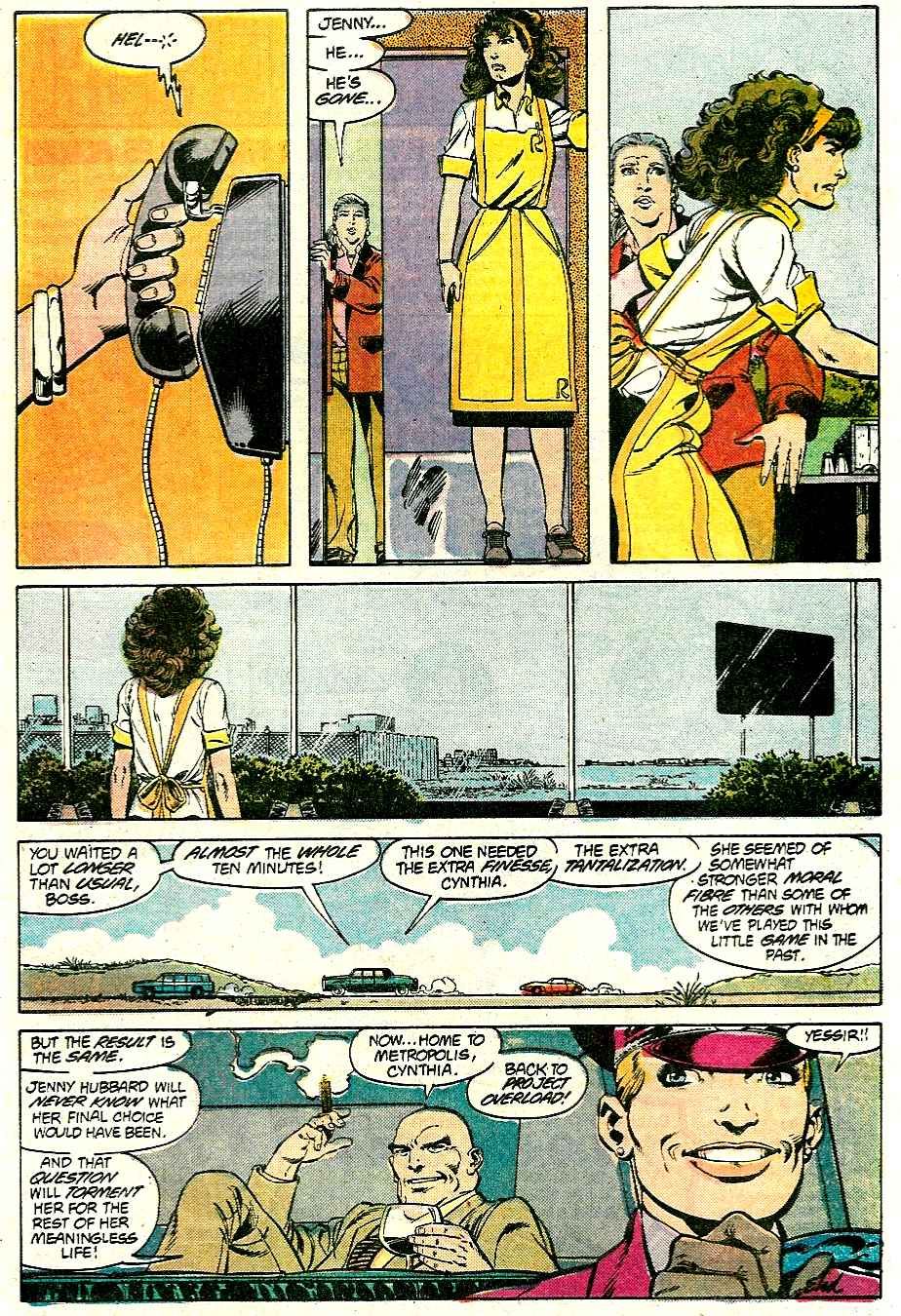You voted, and now, after over 1,000 ballots were cast (precisely three more ballots cast than four years ago), here are the results of your votes for your favorite comic book creator runs of all-time (this is the FOURTH time we've done this countdown. We're on an every four year schedule)! I'll try to post a new installment every day for the rest of the countdown.
To recap, you all sent in ballots ranking your favorite runs from #1 (10 points) to #10 (1 point). I added up all of the points and here we are!
48. Bill Willingham, Mark Buckingham and Steve Leialoha's Fables – 269 points (1 first place vote)
Fables #1-150
Fables was Bill Willingham’s epic story concerning the adventures of the inhabitants of Fabletown, all characters who come from fairy tales and folklore, like Snow White, the Big Bad Wolf, Little Red Riding Hood, etc.
They live in Fabletown because they were driven out of the magical world that they used to live in (called the Homelands), by an evil villain known as the Adversary, who has conquered most of the Homelands.
The early stories followed mostly Snow White, who was the aide to the Mayor of Fabletown (Old King Cole) and Bigby Wolf (the Big Bad Wolf), who was the Sheriff of Fabletown, and their Sam and Diane relationship.
Here is a nice sampling from issue #14 showing the vast cast of Fabletown, as the Mouse Police (an elite mixture of Fable Mice, you know, like “Hickory Dickory Dock” and Lilliputians who team up to serve as an espionage squad for Bigby) investigate Bluebeard, while Bluebeard does a fencing exhibition against Prince Charming, while Snow White’s sister, Rose Red, is on the Farm (the special extension of Fabletown for those Fables who can’t mix with humans. Essentially, all the animal Fables)….
Later storylines revolved around the inevitable war between Fabletown and the Adversary’s forces.
While the storylines of the book resulted in the basic framework of the comic, the key to the book was the character work that writer Bill Willingham did with the characters. To this end, he was greatly helped by the addition to the book of artists Mark Buckingham and Steve Leialoha with the second storyline (with some breaks here and there, Buckingham and Leialoha remained the artists of the book for the rest of the series). Buckingham’s attention to characterization is perhaps his greatest artistic talent.
Willingham slowly developed characters, and moved them from small roles to big roles without any real warning (the two most famous examples of this were Flycatcher and Boy Blue), so pretty much every character in Fables could be considered the star of the book.
47. Geoff Johns' JSA – 272 points (4 first place votes)
JSA #6-77, 81, Justice Society of America #1-26
Soon into the revamped version of the JSA, which was about the remaining members of the Justice Society serving with new legacy versions of classic JSA members (while also serving as mentors to the newer heroes), co-writer James Robinson left the title, leaving David Goyer, who co-launched the title with Robinson in need of someone else to script the comic.
When Goyer added Geoff Johns as his co-writer, it is likely that few people knew what to expect, but the result was a long partnership on the JSA (with some breaks here and there), ending with Goyer leaving the book for good with #51.
During their run, Johns and Goyer’s most significant storyline was probably the return of Hawkman, who had been stuck in limbo for a number of years due to confusing continuity surrounding the character. Johns helped strip the character down a bit, and relaunch him in JSA, with a return so popular that Hawkman was soon given his own title (which Johns also wrote for awhile).
Johns’ run stressed the family aspect of the Society, how the different generation of heroes really were like grandparents, parents, etc. The superhero community was a major aspect of the book. Like this classic Thanksgiving dinner with the JSA and the JLA…
As you can see, Johns also worked humor into the series, as well.
During the run, the book’s main artists were first Steve Sadowski, then Leonard Kirk and finally Don Kramer.
The book was so popular that it received its own spin-off, "JSA Classified," which ran for a number of years.
After Infinite Crisis, JSA was relaunched as Justice Society of America, with Johns writing and Dale Eaglesham drawing it (Alex Ross did covers and was a story advisor). This saw the Justice Society stressing their mentoring a good deal more, searching out young, inexperienced heroes that they can tutor – because of this, the Society grew quite large. Later in the run, there was a major story arc involving the Superman from Kingdom Come.
46. Mike Mignola's Hellboy – 279 points (5 first place votes)
Hellboy: Seed of Destruction #1-4 in 1995, then lots of mini-series ever since then.
It’s funny, when Hellboy began, there was some concern (even from Mignola himself) as to how Mignola would handle the writing side of things. We all knew it would look amazing (as it is Mike Mignola we’re talking about here) but how would the stories be? Well, such concern was unwarranted as Mignola turned out to possibly be an even better writer than he is an artist, which is shocking considering how good of an artist he is.
In any event, Hellboy is a demon who was called to Earth while a child by a group of Nazi occultists during World War II. He spurned the attempts of the Nazis to use him for evil. Instead, he joined up with Allied Forces, in particular a Professor who raised this “hell boy” as his own child. In this nature versus nurture argument, nurture won out as Hellboy grew up to be a strong force for good and he helped the Professor form the Bureau for Paranormal Research and Defense (BPRD).
The BPRD are a fascinating group in their own right, and have since spun off to their own long-running comic book series, co-written by Mignola.
In Hellboy, Mignola explores a great variety of folklore tales and different takes on great literature ideas. The character of Hellboy is such an open concept (he can adapt to action, adventure, horror or fantasy with great ease) that Mignola can really do whatever he wants with the series, and the result has been a variety of fascinating stories.
Most of them have been accompanied by Mignola’s own great artwork, but in recent years, he has had other artists draw the book, all of whom are greatly talented themselves (Richard Corben and Duncan Fegredo are probably the two other most notable Hellboy artists).
Here’s a bit from one of the first Hellboy story written entirely by Mignola (he originally had John Byrne script the feature)…
Man, Mignola is AWEsome.
45. John Byrne's Superman – 288 points (6 first place votes)
Man of Steel #1-6, Superman Vol. 2 #1-22, Action Comics #584-600, Adventures of Superman #436-442, 444, The World of Krypton #1-4, The World of Metropolis #1-4, and The World of Smallville #1-4.
In a bold move for the time, DC hired popular comic creator, John Byrne, to reboot Superman in 1986.
Byrne made a number of changes (although, notably, he also did not change a LOT of the comic – there certainly were more similarities to Pre-Byrne Superman comics in Byrne’s Superman than dissimilarities), including reducing Superman’s power level to one closer to the 1940s Superman, making Clark Kent more of an important part of the book (including a revamped origin where Clark was more popular as a teen), eliminating Superman ever operating as Superboy (as Clark gained his powers in his late teens), making Superman the sole survivor of Krypton, making Krypton a cold, heartless planet and basically having all the various Superman villains be reintroduced by Byrne or Marv Wolfman (who began the reboot with Byrne, but soon Byrne took over writing his comic, as well).
Based on a Wolf Wolfman idea (that Wolfman had done earlier with Vandal Savage) of a supervillain being a businessman, Lex Luthor was re-envisioned as a ruthless businessman that the public thought of as a philanthropist (this take on Luthor was used in the Lois and Clark TV series). Byrne's Luthor was one of the most notable aspects of Byrne’s run, including this famous back-up scene from an early Superman issue, where Luthor stopped by a diner on the way back to Metropolis and offered a waitress a million dollars to spend the month with him…
Classic villainy.
The reboot was a smashing sales success, but Byrne presumably took some issue with some things DC apparently promised him, as he felt he was undercut by DC publicly as soon as he began the reboot, as though they were hedging their bets on the reboot publicly, so as to not offend the older fans (for instance, the Pre-Byrne Superman was still the one that DC licensed).
In either event, Byrne left the book after about two years, although he left with incoming writer, Roger Stern (who, along with Jerry Ordway, took over Byrne’s books), a fairly detailed storyline that took the books to about the three year mark.

